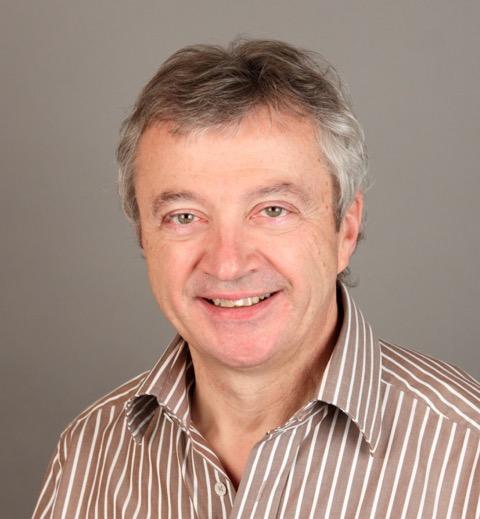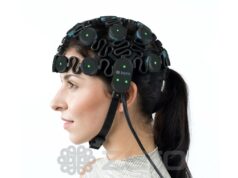 New University of British Columbia (Vancouver, Canada) research has found that amplified electroencephalograms can produce diagnostic results of cortical spreading depression that are comparable to placing electrodes directly to the surface of the brain, if a specially designed amplifier is used in tandem.
New University of British Columbia (Vancouver, Canada) research has found that amplified electroencephalograms can produce diagnostic results of cortical spreading depression that are comparable to placing electrodes directly to the surface of the brain, if a specially designed amplifier is used in tandem.
“Using this method, we found that the electrical signals acquired from the skin of the scalp were very similar to those acquired from the surface of the brain,” says lead researcher Zoya Bastany, a master’s student in the faculty of applied science at the University of British Columbia.
Bastany designed an alternating current/direct current amplifier to acquire electrical signals from scalp electrodes used on anaesthetised rats. The amplifier detects signals in a much broader frequency range than the standard clinical electroencephalogram system. Cortical spreading depression was then induced in the rats, and the recordings from scalp electrodes were compared with recordings from electrodes placed on the rats’ brains.

Cortical spreading depression has never before been accurately measured using electroencephalograms, according to UBC electrical and computer engineering professor Guy Dumont, Bastany’s supervisor and study co-author.
“The new method opens up uses for electroencephalograms in studying cortical spreading depression in a non-invasive manner and without a significant increase in diagnostic costs compared to standard electroencephalogram,” says Dumont.
Ali Gorji, a professor of neuroscience at the University of Münster in Germany and a study co-author, said the new analysis technique could contribute to the development of migraine drugs that target CSD, and to better understanding of other neurological disorders.
“Research is still continuing to fully understand the clinical relevance of cortical spreading depression. But ultimately, having this non-invasive way of studying this brainwave could lead to better understanding, diagnosis and treatment of migraine, epilepsy and other neurological conditions such as stroke and traumatic brain injury,” says Gorji.









